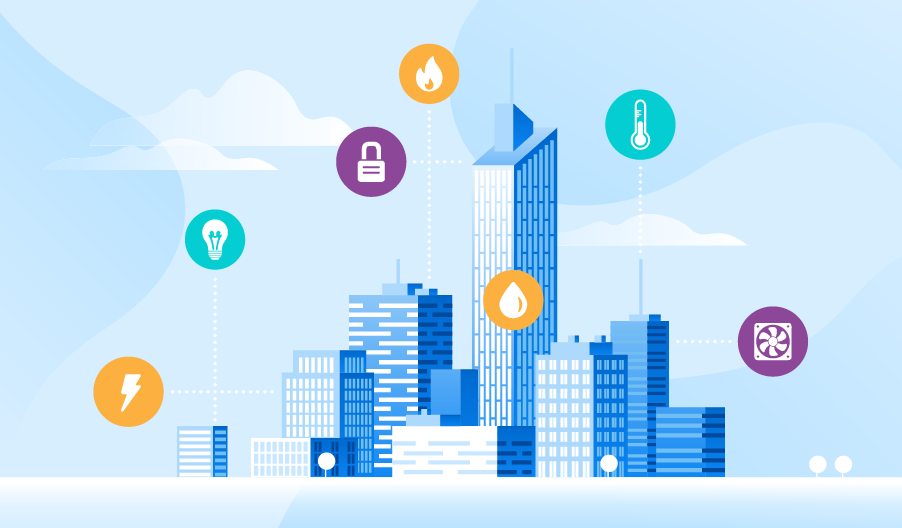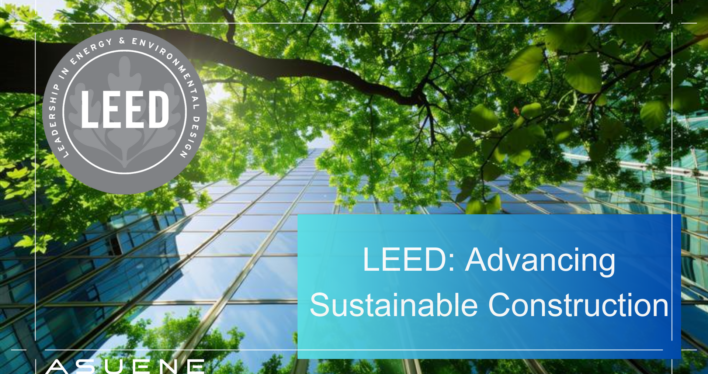- Article Summary
-
Overview
In an era defined by environmental awareness, the construction industry is undergoing a significant transformation. Sustainable architecture, also known as green building, is emerging as a crucial approach to minimize the environmental impact of buildings while enhancing the well-being of occupants. This blog post explores the core objectives, challenges, and benefits of sustainable architecture, providing insights for architects, developers, and homeowners alike.
What is Sustainable Architecture?
Sustainable architecture refers to the design and construction of buildings using environmentally responsible and resource-efficient methods throughout a building’s lifecycle. This encompasses everything from planning and design to construction, operation, maintenance, renovation, and demolition. It aims not only to reduce energy consumption but also to create buildings that harmonize with the natural environment.

Core Objectives of Sustainable Architecture
- Minimize Environmental Impact: Reduce carbon footprint, conserve resources, and prevent pollution.
- Enhance Indoor Environmental Quality: Provide healthy and comfortable spaces for occupants through natural light, ventilation, and non-toxic materials.
- Optimize Energy Efficiency: Utilize renewable energy sources, energy-efficient appliances, and smart building technologies.
- Conserve Water: Implement water-saving fixtures, rainwater harvesting systems, and efficient landscaping.
- Promote Material Sustainability: Use recycled, renewable, and locally sourced materials with low embodied energy.
Multifaceted Benefits of Sustainable Architecture
Investing in sustainable architecture offers numerous advantages:
- Environmental Protection: Contributes to reducing greenhouse gas emissions, conserving natural resources, and protecting biodiversity.
- Economic Savings: Lowers energy and water bills, reduces maintenance costs, and increases property value.
- Health and Well-being: Improves indoor air quality and introduces natural light, making occupants healthier and more productive.
- Social Responsibility: Demonstrates environmental consciousness and enhances corporate reputation.
- Resilience: Designs buildings capable of withstanding impacts of climate change, such as extreme weather events.
Challenges of Sustainable Architecture
Realizing sustainable architecture comes with several challenges:
- Increased Costs: While initial investments are higher, long-term economic benefits can be achieved through reduced operational costs.
- Lack of Technology and Knowledge: Specialized education, training, and technology dissemination are necessary.
- Complex Regulations and Certification: Compliance with certification systems like LEED is required.
These challenges can be overcome through enhanced education, government incentives, technological advancements, and commitment from all stakeholders to prioritize sustainability.
Smart Buildings
Smart buildings are structures that utilize cutting-edge technology to improve energy efficiency and occupant comfort. Managed by IoT (Internet of Things) devices and sensors, they offer automated energy management and security features. This not only reduces operational costs but also provides a comfortable environment for occupants.

LEED Certification Explained
LEED (Leadership in Energy and Environmental Design) is the world’s most widely recognized green building certification system, established in 1998 by the U.S. Green Building Council (USGBC). LEED adopts a holistic approach, evaluating all critical components to ensure they function harmoniously, rather than focusing on individual elements like energy, water, or health. LEED certification serves as evidence that a building contributes to environmental sustainability.

Core Objectives of LEED
- Reduce Contributions to Global Warming
- Protect and Restore Water Resources
- Promote Sustainable and Renewable Material Cycles
- Enhance Individual Health
- Protect and Improve Biodiversity and Ecosystem Services
LEED Credit Categories
LEED credit categories are specific indicators used to evaluate how environmentally friendly a building is. By implementing effective strategies in each category, buildings can earn points (credits), and accumulating more points allows them to achieve higher LEED certification levels (Certified, Silver, Gold, Platinum).
| Category | Description |
|---|---|
| Energy and Atmosphere | Use of low-carbon energy sources and GHG emission reduction |
| Renewable Energy Selection | Credits for renewable energy contracts |
| Transportation Energy Use | Promotion of public transport to reduce GHG emissions |
| Embodied Energy in Materials | Addressing energy use throughout building material lifecycle |
| Water Embodied Energy Use | Water conservation and non-potable water use for indirect energy reduction |
LEED applies to various types of projects, from new construction to renovations.
Steps to Obtain LEED Certification
- Set a Goal: Decide on the desired LEED certification level (Certified, Silver, Gold, Platinum).
- Choose a Project Type: Select the appropriate rating system.
- Start the Project: Implement necessary changes to meet LEED requirements.
- Registration and Fees: Officially register the project and pay the fees.
- Submit Data: Collect and submit data related to sustainability practices.
- Review: Undergo evaluation by USGBC (typically takes 20-25 days).
Sustainable architecture is a crucial approach that not only considers environmental impact but also brings benefits to people and communities. Its realization is advancing through various methods and standards, including smart buildings and LEED certification.

Why Not Work with ASUENE USA Inc.?

When it comes to navigating complex climate disclosure requirements, it is crucial to have the right tools and expertise on your side. That’s where ASUENE USA Inc. comes in.
Carbon Accounting: Our advanced software solutions automate emissions tracking across Scopes 1, 2, and 3, integrating with existing ERP systems to reduce manual data entry errors. Proprietary algorithms align with GHG Protocol standards, ensuring compliance with ESG reporting mandates.
Third-Party Verification: ASUENE’s network of accredited auditors provides ISO 14064-compliant verification services, a critical step for companies seeking to validate their disclosures.
By partnering with ASUENE USA, businesses can transform regulatory obligations into strategic advantages, enhancing sustainability performance while minimizing compliance costs.
So, why not partner with us to streamline your reporting and environmental efforts? Let ASUENE USA Inc. help you stay ahead of the curve while making a positive impact on both your business and the planet.
Talk to us today for your sustainable transformation!
Source:
